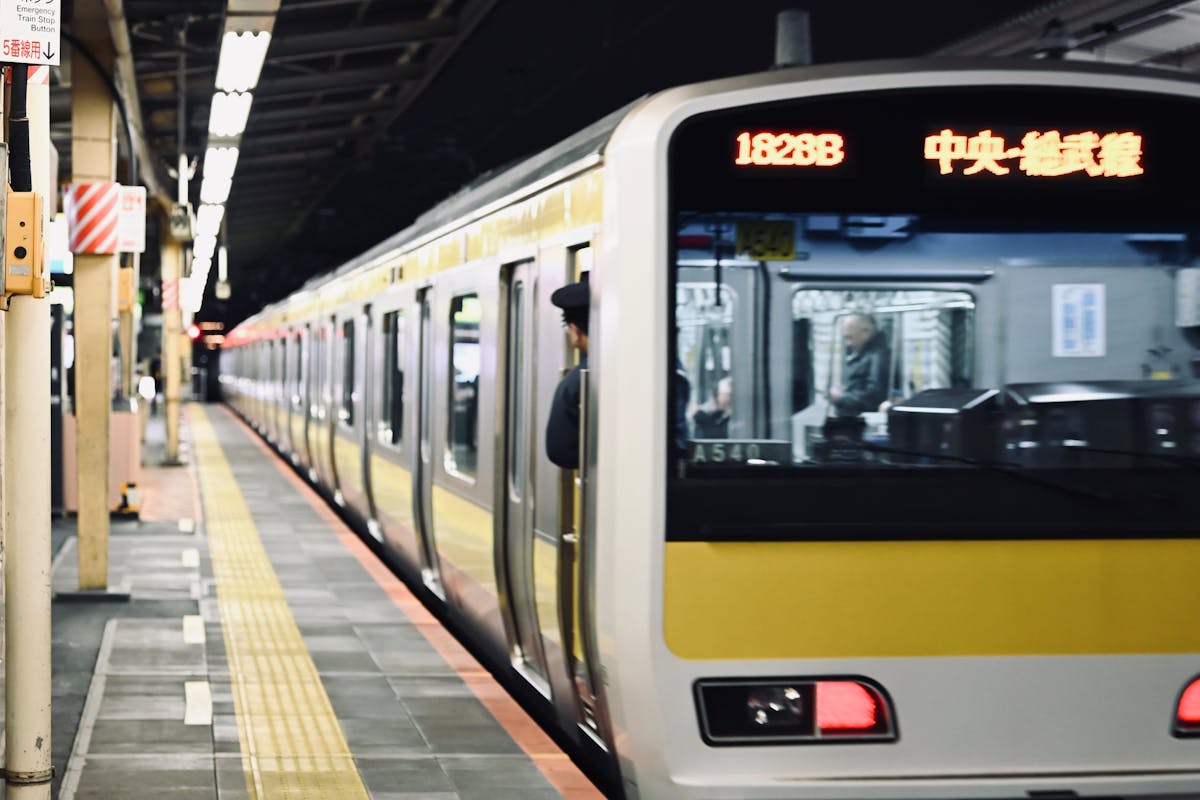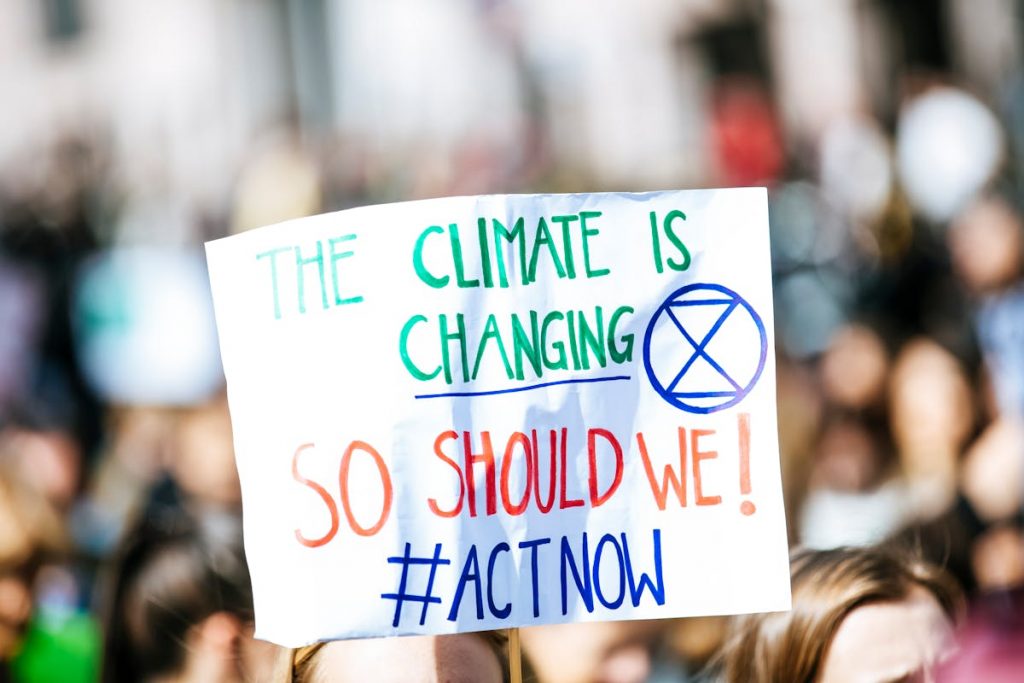- Public transit agencies worldwide are integrating renewable energy sources to reduce carbon emissions.
- Transitioning to electric and hybrid vehicles improves air quality and reduces greenhouse gas emissions.
- Implementation of green infrastructure mitigates climate change effects and enhances sustainability.
- Prioritizing multimodal connectivity encourages sustainable transportation options for passengers.
- Robust resilience planning ensures the continued operation and reliability of public transit services.
As climate change continues to impact our planet, industries worldwide face the challenge of adapting to mitigate its effects. Among these, public transit services in advanced societies like Singapore and Japan are crucial players in reducing greenhouse gas emissions and fostering sustainable urban development. This article will explore how public transit systems worldwide have responded to the climate crisis, innovating and evolving to meet the demands of a changing climate while providing efficient and eco-friendly transportation solutions.
1. Integration of Renewable Energy Sources
In the face of climate change, public transit agencies have increasingly turned to renewable energy sources to power their systems, reducing reliance on fossil fuels and reducing carbon emissions. Here are two ways they’ve made this shift:
Implementation of Solar Power
One significant adaptation has been the widespread installation of solar panels on transit facilities and infrastructure. From bus depots to train stations, solar power generation has become a hallmark of sustainable transit systems, providing clean energy to offset conventional power usage.
Utilization of Wind Energy
Some progressive transit systems have also tapped into wind energy to supplement their power needs. Wind turbines strategically placed along transit routes or on transit-owned land contribute to a cleaner, more sustainable energy mix, further reducing public transportation’s carbon footprint.
2. Adoption of Electrification and Hybrid Technologies
The transition to electric and hybrid vehicles represents another vital aspect of public transit’s response to climate change, offering a cleaner alternative to traditional diesel and gasoline-powered buses and trains. Here’s how transit agencies are embracing these technologies:
Adoption of Electric Buses
Many cities have begun phasing out diesel buses in favor of electric models, reducing harmful emissions and improving air quality in urban areas. Electric buses offer quieter operation and lower maintenance costs, making them an attractive option for transit fleets worldwide.

Hybridization of Rail Networks
In addition to electrifying bus fleets, transit agencies have been upgrading rail systems with hybrid technologies, combining electric power with regenerative braking to increase energy efficiency and reduce environmental impact. This approach has proven effective in reducing energy consumption and lowering greenhouse gas emissions along MRT (Mass Rapid Transit) lines and commuter rail networks. With the SMRT CEO, Ngien Hoon Ping, these advanced transportation options are becoming greener in Singapore.
3. Implementation of Green Infrastructure
Beyond transitioning to cleaner energy sources and vehicles, public transit services have embraced the concept of green infrastructure to mitigate the effects of climate change and enhance sustainability. Here’s how they’re incorporating green practices into their operations:
Green Roofs and Urban Gardens
Transit hubs and stations are being outfitted with green roofs and urban gardens, which will reduce heat island effects, capture rainwater runoff, and improve air quality. These green spaces contribute to biodiversity and serve as a visual reminder of the transit system’s commitment to environmental stewardship.
Permeable Pavements and Stormwater Management
Transit agencies are implementing permeable pavements and advanced stormwater management systems to address the increased precipitation and flooding associated with climate change. By allowing water to infiltrate the ground instead of overwhelming drainage systems, these measures help mitigate the impacts of extreme weather events on transit infrastructure and surrounding communities.
4. Promotion of Multimodal Connectivity
In response to changing travel patterns and growing demand for sustainable transportation options, public transit services are prioritizing multimodal connectivity, seamlessly integrating different modes of transportation to offer passengers flexible and environmentally friendly mobility solutions. Here’s how they’re fostering multimodal connectivity:
Bike-Sharing and Bike-Friendly Infrastructure
Transit agencies are partnering with bike-sharing programs and investing in bike-friendly infrastructure such as bike lanes, racks, and storage facilities at transit stops. By encouraging cycling as a first-mile/last-mile solution, they’re reducing reliance on single-occupancy vehicles and enhancing the accessibility of public transit networks.

Integration with Ride-Sharing and Mobility Apps
To streamline the travel experience and encourage modal shift, transit providers are integrating their services with ride-sharing platforms and mobility apps. This integration allows passengers to plan and pay for their entire journey seamlessly, combining public transit with alternative modes like carpooling and micro-mobility for optimal convenience and efficiency.
5. Resilience Planning and Adaptation Strategies
Recognizing the importance of resilience in the face of climate change-induced disruptions, public transit agencies are implementing robust planning and adaptation strategies to ensure the continued operation and reliability of their services. Here are two key components of their resilience efforts:
Climate-Resilient Infrastructure Upgrades
Investments in climate-resilient infrastructure upgrades, such as elevated tracks, flood barriers, and reinforced structures, help protect transit assets from extreme weather events like hurricanes, floods, and heatwaves. By fortifying vulnerable areas and enhancing system reliability, these measures safeguard the continuity of public transit services in the face of climate-related challenges.
Emergency Response and Contingency Planning
Public transit agencies are developing comprehensive emergency response and contingency plans to address climate-related disruptions swiftly and effectively. From extreme weather events to natural disasters, these plans outline protocols for service suspension, evacuation procedures, and rapid recovery efforts, ensuring the safety and well-being of passengers and personnel alike.
In the fight against climate change, public transit services play a critical role as both contributors to and champions of sustainability. By integrating renewable energy sources, embracing electrification and hybrid technologies, implementing green infrastructure, promoting multimodal connectivity, and prioritizing resilience planning, transit agencies worldwide are leading the charge toward a greener, more resilient future. As we continue to confront the challenges posed by climate change, the evolution and adaptation of public transit systems will remain essential in building more sustainable and livable cities for generations to come.

